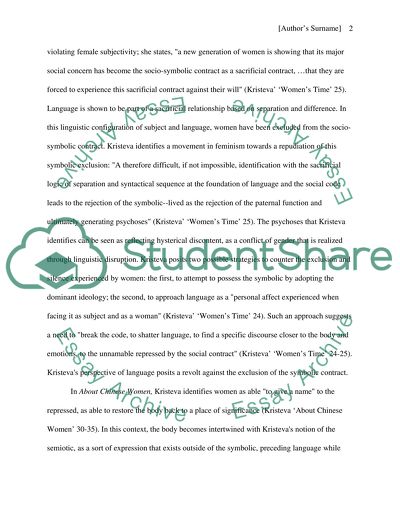Cite this document
(“The color purple Research Paper Example | Topics and Well Written Essays - 2000 words”, n.d.)
Retrieved from https://studentshare.org/anthropology/1393584-the-color-purple
Retrieved from https://studentshare.org/anthropology/1393584-the-color-purple
(The Color Purple Research Paper Example | Topics and Well Written Essays - 2000 Words)
https://studentshare.org/anthropology/1393584-the-color-purple.
https://studentshare.org/anthropology/1393584-the-color-purple.
“The Color Purple Research Paper Example | Topics and Well Written Essays - 2000 Words”, n.d. https://studentshare.org/anthropology/1393584-the-color-purple.


